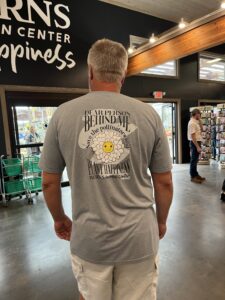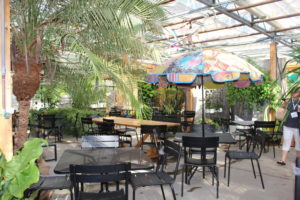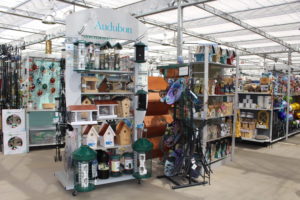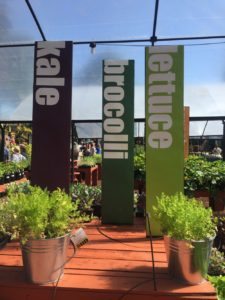Going Up?
The cornerstone to achieving the desired maintained markup is having the correct initial markup.
One question I am repeatedly asked by retailers is how to increase maintained margin. Several answers readily come to mind, the most obvious being to avoid overbuying and therefore reduce the margin-eroding markdowns that accompany such a practice. Another way of increasing maintained markup is to find ways to increase initial markup.
Let’s make sure we are all speaking the same language. When I say initial markup, I am referring to the markup percentage placed on the goods when they are received from the manufacturer. Maintained markup is what is left after taking into account the cost of the markdowns. Stated differently, maintained markup is the difference between net sales and the gross cost of the merchandise sold.
Gross margin is the difference between net sales and the net cost of the merchandise sold. Total merchandise costs include the cost of the goods, freight inward, any workroom costs and any adjustments for earned discounts. It is clearly a different number than maintained markup.
Correct Initial Markup
Having the correct initial markup is the cornerstone to achieving the desired maintained markup. Have you ever wondered what the determining factors for initial markup are? Why do we double the cost? What does the term “keystone markup” mean and where did it originate?
My quest into the origin of “keystone markup” did not yield any definitive answers. One source at the National Retail Federation (NRF) seemed to think that there was an actual “markup key” in the early days of cash registers. This practice predated individually ticketed items and pricing was oftentimes handled at the point of sale. One expert thought the term began in the jewelry business. Another thought more closely follows the dictionary definition of the word which is a stone at the top of an arch that locks the other pieces in place. I suppose this makes sense since 50 percent of a keystoned item is cost and the remaining half is markup. Regardless of origin, keystone pricing refers to a percentage markup applied to a product’s cost, although it is becoming an outdated term due to rising markups.
In my work as a retail consultant, I continually ask retailers to define their initial markup (IMU). The answers are quite interesting, and run the gambit from doubling the cost and adding $1 or $2 to a multiplier of 2.2 or 2.3 as an example. These answers over time have led me to the conclusion that most retailers truly can’t explain what initial markup was intended to cover. There are three areas that IMU must satisfy: 1) desired net profit, 2) operating expenses, and 3) markdowns.
Putting It to Work
Example: Let’s say that our net profit goal is 7 percent, operating expenses are 40 percent and markdowns are 18 percent of sales. Given the formula above, the IMU percent would have to be 55 percent to cover the markdowns, pay the overhead and still contribute 7 percent to the bottom line. If the store average is say 52 percent on average, net profit would decrease to 3.4 percent right from the start given the example above. If you do the math, that is nearly a 50 percent reduction in profit. To restate the message, initial markup is directly related to net profit. You must begin with enough markup in the beginning in order to have something left at the end.
It is a good practice for all stores to review pricing practices on a regular basis. Competitive pressures, changes in operating expenses and availability of promotional goods all come into play when deciding on a markup goal. Are you making markup decisions based on what a product will sell for or what you paid for it? One way to avoid falling into the trap of cost-based pricing can be done when buyers are at market.
The best time to determine what the actual selling price will be is at the time the order is written. In my previous retail career, I would often have our buyers decide what they thought they could sell a certain item for prior to knowing the cost. Once we knew the cost, we would make a decision to buy or pass the item. Basing the retail price around the intrinsic value of the merchandise instead of it’s cost, helped us to increase our initial markup. Perhaps this strategy would work for your store as well.


















 Videos
Videos





